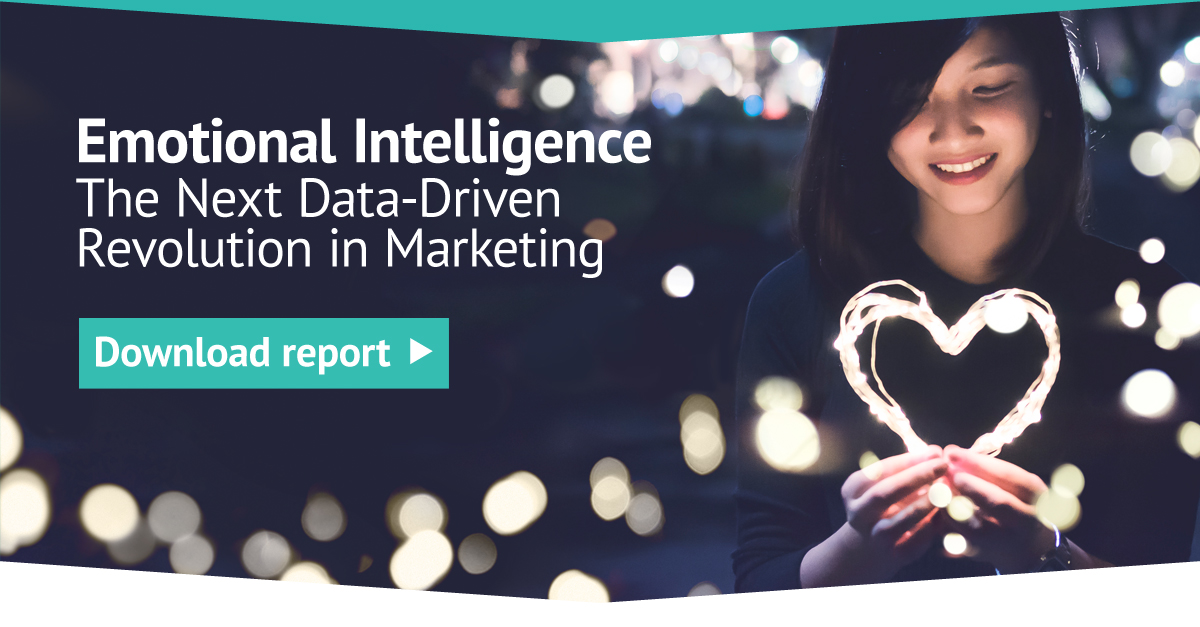On a rainy April morning, the first Unruly Meet the Makers event was held in Hong Kong, just as it became the latest territory in APAC for Unruly to launch their emotional impact tracking tool – enabling advertisers to test content and targeting capability to analyse the emotional impact of video ads. Emotional intelligence is something we have talked about for some time at Foresight Factory, so Unruly asked me to come along and share the consumer’s perspective on emotions with a room full of brands and innovative content creators.
Meet the Makers is a speed dating session which Unruly has hosted around the APAC region, aiming to match brands with new content makers. Brands are given the chance to see how each of the makers would respond to a simple brief they provided in 15 minute slots.
Some of the creators are disrupting the traditional production model by removing the need for expensive film crews. Companies like 90 Seconds manage a network of 12,000 skilled creators globally that can create high quality content at a fraction of the cost. Others like Storyful, remove the need for content creation entirely by discovering trending user generated videos and provide the licensing these for brands to use. Why make it up when the most authentic content is out there already?
But back to the consumer. We are all in the business of trying to influence our customers’ emotions, but as much as brands are focused on this, consumers are now doing the same.
Stress
We’ve seen a global rise in the importance of mental health alongside physical; consumers striving to take care of both the mind and body. Mindfulness has swept across the world, interest in meditation resurged and in Asia there has been an emerging but prominent discussion about the effects of overworking on employees’ mental wellbeing.
This isn’t just impacting the advanced economies in Asia where working hours are infamously long; from our sample of 27 markets it is Indonesia, Malaysia and India, which are the countries that most need to keep stress under control to stay healthy.
Consumers want greater control over how they feel, and there is an opportunity to help consumers to access easy moments of downtime and ways to de-stress that fit around modern, noise-filled lives.
Dutifully, commercial products providing the quick fix have followed: from digital detox holidays, mood foods to focus the mind and somewhat dubious pieces of technology such as the wearable headband Thync, which claims to induce a state of calm by stimulating the brain’s adrenaline system.
Seek
30% of consumers across APAC are feeling directionless – they strongly feel the need for meaning in life and also to know themselves better.
Many consumers today seek a 21st century spiritualism – the injection of meaning and purpose into daily pursuits, products and experiences. And this mindset is rife with commercial opportunity for the emotionally sensitive brand.
Consumers are Story Seekers – we collect experiences and seek social capital from this. And we’re prepared to buy into those experiences via brands. We know consumers like brands that reflect their personality, even in relatively low interest categories – wrapping a more complex narrative around an otherwise simple product can imbue its consumption with a greater purpose.
Social media trends legitimise and glorify otherwise throwaway moments: the right hashtag on our coffee break can make us part of a social movement, it shows that we’re on trend and part of a collective mindset.
The current campaign series from Lufthansa is centred around the theme of “Heimveh” – a German word expressing the concept of ‘home’ being a place we find within ourselves. The first two short films in the series have followed the spiritual journeys of different Asian-emigrant designers as they revisit their homelands and search for their roots. Travel is now more heimveh than holiday.
Share
And of course today we’re sharing more than ever and expressing ourselves in multi-social ways – emojis, selfies, gifs, boomerangs, livestreams…Being photogenic (and videogenic!) has become a lifestyle skill to be honed, practised and optimised, and of course, filtered.
We know that social users in Asia, particularly younger ones, spend time crafting and perfecting their online image. It’s over half of millennials in China and Indonesia who wish they were more like the person they describe on social media, although livestreaming has a lower quality and the inability to edit does mean that it’s perceived as a more authentic, less edited medium.
Whichever persona, authentic or filtered we choose to share must be recognised and respected by the brands that want to speak to us: consumers are happy to share emotions as long as they are in control of the message. And it’s not just positive emotions that we share, we are getting used to exhibiting sadness, anger and even outrage.
So are you picking up on the emotional clues and making sense of the signals? Do you know the emotional levers that are right for your brand and how to pull these at the right time? If not then it’s time to invest in emotional intelligence and grow your brand EQ.
